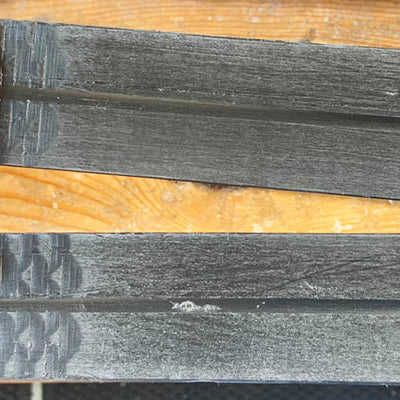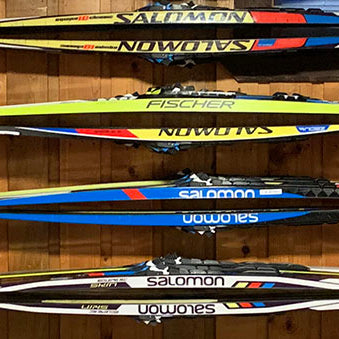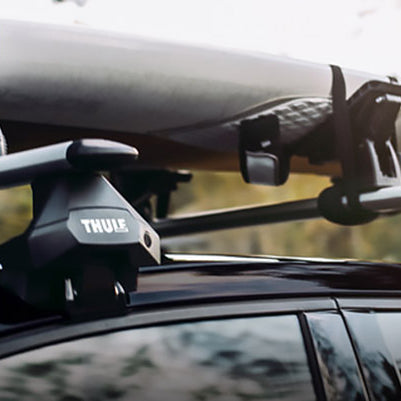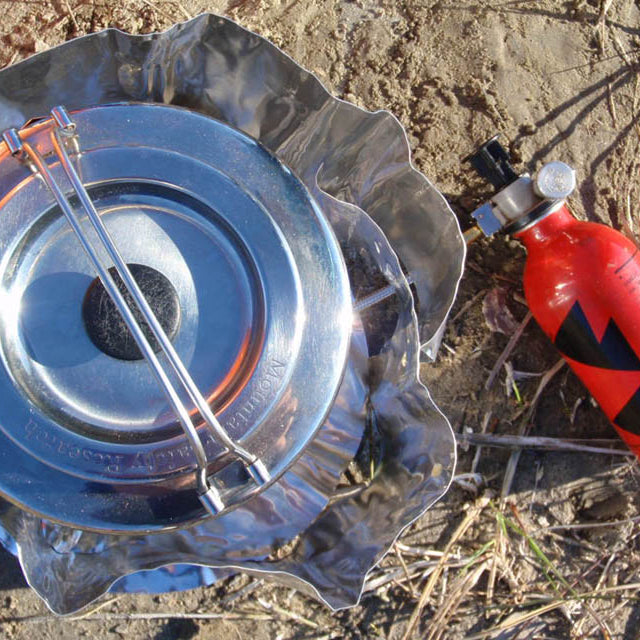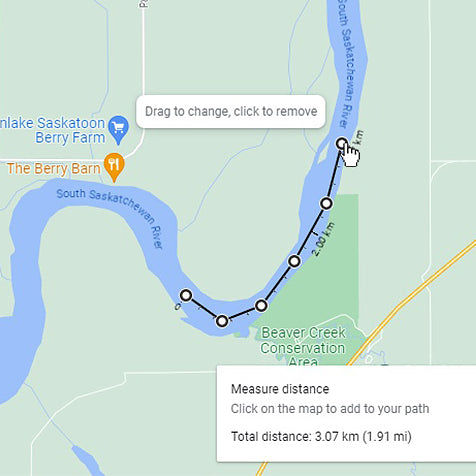
Cross country ski sizing | the importance of a proper fit
You can find all kinds of nordic ski sizing charts on the internet these days, but if you check any reputable sources they will tell you to get properly fitted at your local ski shop. Here at Eb's we believe...

